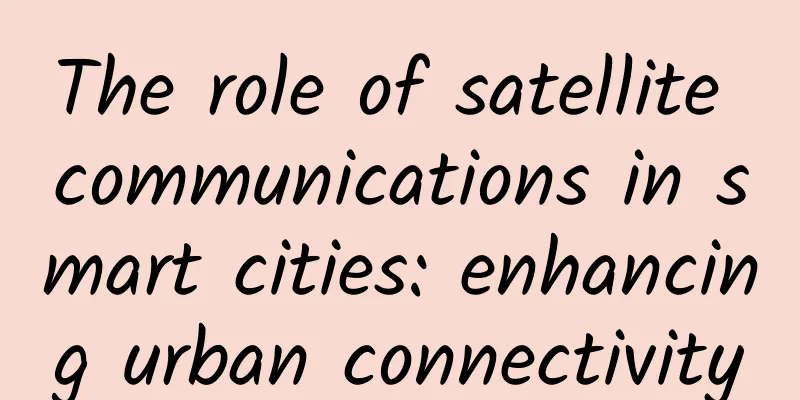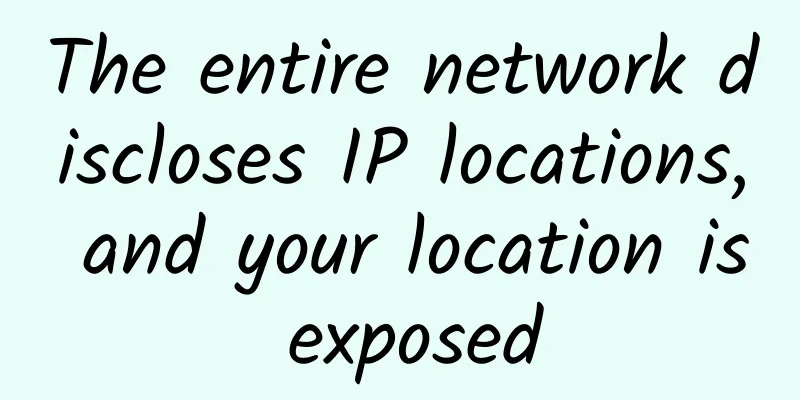The role of satellite communications in smart cities: enhancing urban connectivity

|
As urban populations continue to grow, the need for innovative solutions to address the challenges of urbanization becomes more urgent. One of the most promising developments in recent years has been the rise of smart cities, which use advanced technologies to improve efficiency, sustainability, and quality of life for residents. A key component of these efforts is to establish a robust and reliable communication network that enables seamless data exchange between various devices, systems and stakeholders. In this context, satellite communications have become a key tool to enhance urban connectivity and promote the development of smart cities. Satellite communications offer several advantages over traditional terrestrial networks, particularly in terms of coverage, capacity and resiliency. Unlike terrestrial systems, which can be subject to geographic limitations and congestion, satellites can provide ubiquitous coverage over vast areas, ensuring that even the most remote and underserved communities have access to high-quality communications services. This is particularly important in the context of smart cities, which can integrate a variety of devices and applications, from traffic management systems and environmental sensors to telemedicine and e-learning platforms. In addition, satellite communication networks can support high data rates and low latency, which are essential for real-time monitoring and control of various smart city applications. For example, satellite-based Internet of Things (IoT) connections can enable government departments to track the status of critical infrastructure such as bridges and tunnels in real time, allowing them to respond to potential problems more quickly and effectively. Similarly, satellite communications can facilitate the rapid deployment of emergency services in response to natural disasters or other crises by providing reliable and resilient communication links that are not dependent on local infrastructure. Another key advantage of satellite communications is its ability to support the seamless integration of different communication technologies, such as 5G, Wi-Fi and low-power wide area networks (LPWAN). This is particularly important in the context of smart cities, as it enables the creation of a truly interconnected ecosystem in which a variety of devices and applications can communicate with each other and share data in a seamless and efficient manner. By serving as a complementary technology to terrestrial networks, satellite communications can help ensure that smart cities have the necessary connectivity to support their various applications and services. In addition to its technological advantages, satellite communications can also play a vital role in driving the socio-economic development of smart cities. By providing reliable and affordable connectivity to underserved communities, satellite communications can help bridge the digital divide and ensure that all residents can enjoy the benefits of smart city technologies. This, in turn, can contribute to the creation of more inclusive and equitable urban environments where everyone has the opportunity to participate in and benefit from the digital economy. In addition, satellite communications can support the development of innovative applications and services that rely on high-quality connectivity, thereby supporting the development of new industries and business models in smart cities. For example, satellite-based IoT connectivity can support the development of smart agriculture, allowing farmers to monitor and manage crops more effectively, thereby increasing productivity and reducing environmental impact. Similarly, satellite communications can support the development of telemedicine and e-learning services by providing reliable and high-quality connectivity to remote and underserved areas. In summary, satellite communications play a vital role in the development of smart cities by providing the necessary connectivity to support their diverse applications and services. By leveraging the unique advantages of satellite communications such as wide coverage, high capacity and resilience, smart cities can overcome the challenges of urbanization and create a more sustainable, efficient and inclusive environment for residents. As the world continues to urbanize, the importance of satellite communications in driving the development of smart cities will only grow, making it a key technology for the connected cities of the future. |
<<: Huawei's Meng Wanzhou: 5.5G is the inevitable path for 5G network evolution
>>: What are LPWAN technologies?
Recommend
Jiaxing Cloud Road: Tongxiang Smart Education and the 6 Major Projects Behind It
When the thousand-year-old ancient town Wuzhen wa...
Can Chrome DevTools' Network be used like this?
If you were to pick the most used feature in Chro...
Three pictures tell you the principles of Linux TCP/IP protocol stack
It is no exaggeration to say that today's Int...
SKB-enterprise: €2.39/month KVM-1GB/30GB/100M unlimited traffic/Netherlands (Amsterdam) data center
SKB-enterprise is a foreign hosting company found...
How to choose communication protocol for IoT terminal devices
At present, most IoT modules on the market suppor...
How NFV systems converge virtual network services at the edge
Think back to the days before smartphones, when p...
In the 5G era, industry market users’ choice of public network or private network
This year, 5G has entered its first year of comme...
ADLINK and Wind River Systems establish joint lab to focus on remote integration and testing of NFV solutions
[51CTO.com original article] On February 16, 2017...
Practicing ESG, Shengye continues to promote sustainable development of supply chain technology
ESG is an acronym for Environment, Society and Go...
Symantec launches new information protection solution to automatically encrypt critical enterprise data
The Symantec Information Centric Security solutio...
How does the computing power network work?
In the previous articles, I gave you a detailed i...
Liu Liehong: my country has built the world's largest optical fiber network and 4G network
[[391129]] On March 31, the "2021 Digital Tr...
The road to intelligent manufacturing: Ruijie builds a simple and efficient production network foundation for pharmaceutical companies
In recent years, with the accelerated advancement...
How SD-WAN is reconfiguring enterprise services
As software-defined wide area networks (SD-WAN) h...
What is Wi-Fi and why is it so important?
The ubiquitous wireless technology Wi-Fi has beco...









